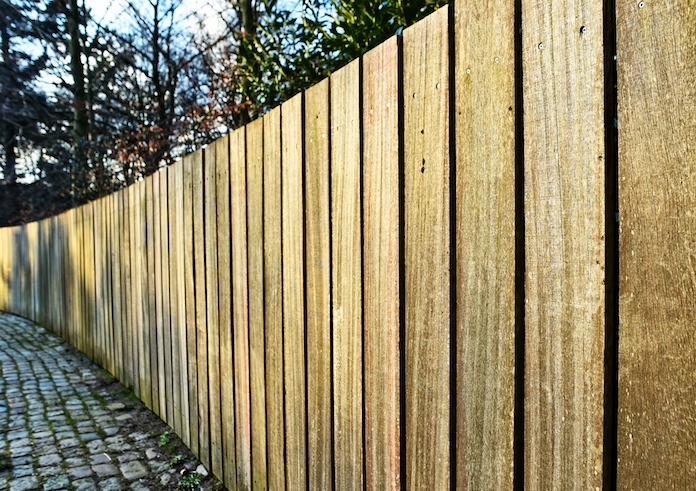The state of Illinois bases its Medicaid reimbursements for nursing homes on calculations that are years out of date, leading to financial pressures that have closed 20 facilities in the state since March 2014.
That’s according to a new report commissioned by the nursing home advocacy group Health Care Council of Illinois (HCCI).
Capitol News Illinois first covered the report, which was conducted by the consulting firm Plante Moran, the Claude Pepper Center of Florida State University, and managed care Medicaid expert Meredith Duncan.
Closures in the state have accelerated in recent years, with five between 2014 and 2016 giving way to six each in the past two years — and three already shuttering so far in 2019, Capitol News reported, citing the Illinois Department of Public Health.
“These facilities are closing, and I can tell you more are going to close,” Pat Comstock, HCCI’s executive director, told the publication. “It’s happening because we have a situation in Illinois where they can no longer financially survive.”
Illinois ranked 49th in the U.S. for Medicaid reimbursement rates, according to a survey conducted by HCCI that examined 2018 rates; the only state with lower reimbursement was Oklahoma, HCCI vice president Amanda Ginther told Skilled Nursing News.
Rates decades out of date
Illinois joins a long and growing list of states across the country where skilled nursing providers say they are facing Medicaid shortfalls that threaten their viability.
Providers in Massachusetts, Texas, Wisconsin, South Dakota, and Washington state are all facing major gaps between the cost of providing nursing home care and the amount Medicaid reimburses for such care — and some states have turned to supplemental programs to bolster their finances.
Illinois provides 27% of the funding appropriated for skilled care services, while the facilities collect 23% of funding through two bed taxes that cannot be passed on to residents. The federal government matches the state’s contributions.
But the state’s portion of funding is declining, Capitol News Illinois found. This is because Illinois’s structural reimbursement rate is based on 2014 rates for nursing costs, which include direct care staff, activities personnel, and associated supplies; 2004 rates for support costs, which include utilities, insurance, dietary, housekeeping, building maintenance and other operational costs; and 1999 rates for capital improvement expenses.
Illinois also has a markedly high “occupancy penalty.” Under this penalty, any facility with occupancy below 93% is treated as though it is 93% occupied from the standpoint of Medicaid reimbursement, the report noted; the Medicaid rate is based on actual costs divided by patient days.
Illinois facility occupancy rates clock in at 72.45%.
“This inherently penalizes [facilities] in their rate, because a large portion of their costs are not reimbursed,” the report said. “This penalty has not been revisited since it was initially imposed in the rate-setting process. At the time the penalty was enacted, demand for nursing home care was significantly stronger, and average statewide occupancy was in the mid-’90s.”
Ultimately based on multiple analyses, Illinois SNFs were found to be “severely underfunded” in 2016, due to the various mechanisms by which the state artificially depresses the Medicaid rate, Plante Moran said in its portion of the report.
These levers include reimbursement rates being frozen for multiple years at a time, using decades-old costs as the basis for yearly rate adjustments, the outdated occupancy penalty, and caps on the maximum costs allowed.
The net result is that Illinois has the lowest Medicaid nursing home rate among the Midwest states, and has historically “vied for the lowest rate nationwide” with Texas, according to the report.
More Medicaid patients, more losses
Because of the low rates, accepting increasing numbers of patients who rely on Medicaid spells financial trouble for SNFs in Illinois.
“The higher the Medicaid census, the stronger the connection between the rate and operational losses,” the report said. “In fact, using 2016 data from Medicare cost reports obtained by Definitive Healthcare database, we found that providers with 51% or more Medicaid utilization incurred operating losses of $765,700, on average, per facility for all payers. This shows that even contribution margins from private, Medicare, and other payers cannot fully subsidize Medicaid losses.”
Illinois has also caused problems for providers by delays in determining whether residents are eligible for Medicaid, with one report finding that the state could be on the hook for about $300 million in nursing facility expenses. For facilities with high Medicaid census, it’s common to find 40% or more of the residents’ Medicaid status pending, according to HCCI’s introduction to the report.
“This is significant, because the facility must cover the cost of all direct and indirect care as long as the person’s application is pending, whether it is two months or two years,” the report said.
HCCI is asking the Illinois General Assembly to appropriate $100 million in the budget, which would generate another $100 million in matching federal funding. Though this doesn’t match the gap in funding faced by Illinois SNFs, the state’s financial problems make the actual need of $649 million an unrealistic target, Ginther said.
To get anywhere in terms of increasing the Medicaid rate, the state will have to appropriate funds in the budget, which generally comes together in mid- to late May, she said.
“That’s something we’re working on, is going around and talking with the budgeteers and influential legislators,” she told SNN. “Just working really hard to try to get folks to make nursing homes a priority.”
Companies featured in this article:
Capitol News Illinois, Florida State University, Health Care Council of Illinois, Plante Moran



